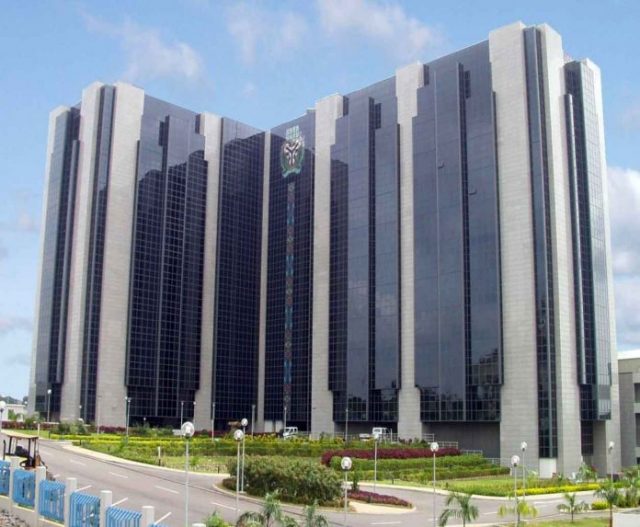
The level of Non-performing Loans (NPLs) in the Nigerian banking sector is expected to rise between 2021 and 2022 as banks gives N2 trillion new credit to borrowers, the Managing Director of Afrinvest West Africa Limited, Ike Chioke has said.
Chioke made the prediction while speaking during an event marking the launch of Afrinvest’s Economic and Financial Markets 2020 Outlook.
He said many banks have loaned over N2 trillion to real sector following the Central Bank of Nigeria (CBN’s) directive that they lend at least 65 per cent of their deposits to customers in a new Loan to Deposit Ratio (LDR) plan.
Also speaking, Macro-Economist Strategist at Afrinvest, Adedayo Bakare, said the NPLs are expected to rise.
He said: “We expect that the NPLs will rise between 2021 and 2022, and the CBN is even trying to recapitalize the banks to enable them absorb the likely shock from the NPLs rise. As the banks do more lending, they are also aware that the risks are still very high, as much as possible. Still, some banks are not willing to take any form of risk due to their past experiences”.
According to him, the the CBN will be monitoring the NPLs, and overtime, decide either to relax the policy or not. He said that power and mortgage sectors are likely to attract more loans as the policy reviews in those sectors give banks more confidence to lend.
Afrinvest’s Head of Research, Abiodun Keripe, also predicted devaluation of the naira given the decline in Nigeria’s current account. He also mentioned the slower pace with which foreign capital has recently been flowing into the country.
“We have seen weakness in our current account basically. For the first time since 2015, we have seen three quarters of consecutive weakness in the current account balance, which is a sort of precursor to what you would expect around exchange rate stability.
“Also, with the slow accretion in terms of capital inflows into the economy doesn’t tell a good story for Nigeria and the economy. Looking forward to the rest of the year, there is a potential risk for us to see in increasing pressure around the currency and this is because of the negative current account balances we have sustained in the first three quarters of 2019 which is worrisome. We would probably begin to face this pressure towards the second half of 2020.”
“Yields from government securities are collapsing, and banks are really trying to expand the size of their books through increased loans. In terms of non-interest income, the CBN came out in the fourth quarter of last year and revised the Guide to Bank Charges, which meant that banks earn less from non-interest income (fees and commission),” he added.
The industry LDR had stood at 80.1 per cent in 2016; 75.1 per cent in 2017 and 66.4 per cent in 2018 and has continued to trend southwards as lenders cut their credit exposures, focusing on high-yielding government securities- Bonds and Treasury Bills.



